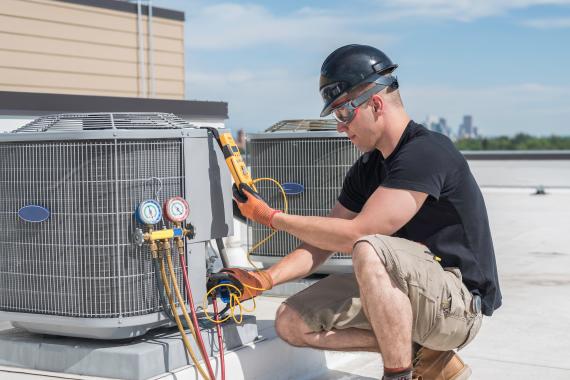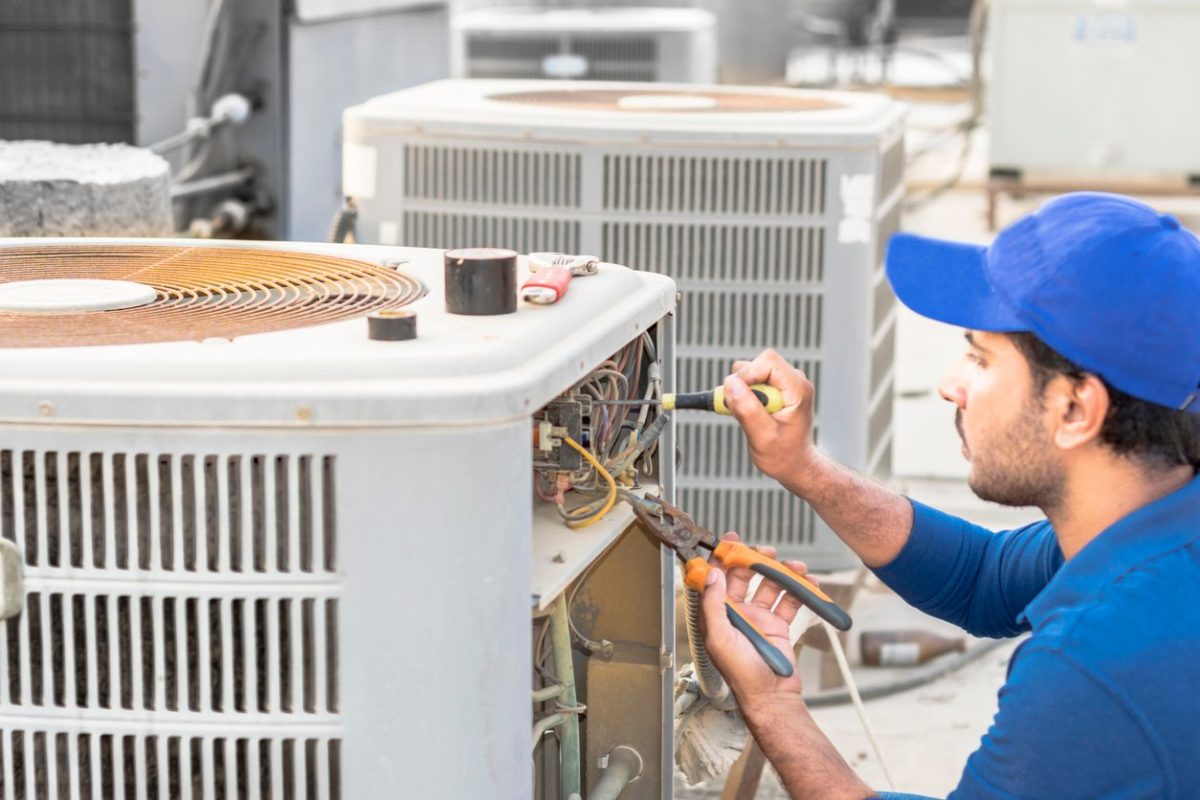How to Optimise Your HVAC System This Summer
The sun is finally shining, meaning the summer holidays are in sight. This year, summer will not only represent freedom and rebirth but also involve some comfort renewal.
What do we mean by renewing our comfort?
Admittedly, times have changed. The weather forecast seems more chaotic than ever, and a season no longer means enduring one type of weather for three months. It is not rare to experience below-average temperatures in spring or summer and above-average temperatures in autumn or winter. Buildings are usually the first to be affected by this relatively new problematic situation, as they are supposed to offer a certain level of comfort and ensure the well-being of their occupants.
In order to ensure this optimal comfort level within different types of infrastructures, it is crucial to optimise the overall HVAC system. But how can this be done effectively? This post offers you these 5 easy-to-follow steps.
Step 1: Carry out consumption reports
A monthly report with precise and accurate data on each air conditioner and heater installed in the facility will allow you to detect areas of over- and under-consumption of energy.
Step 2: Check the operating status of the different equipment

In order to ensure the proper functioning of your HVAC system, it is essential to regularly check the functioning of the thermostat and the more technical elements, such as the air handling unit and the compressor, to detect any minor or major malfunction.
Step 3: Change the faulty equipment
Once the appropriate consumption reports have been carried out, and all equipment has been checked for proper functioning, replacing and updating some equipment may be necessary. Priority should always be given to replacing any equipment related to the safety of the occupants of an infrastructure to avoid major incidents.
Step 4: Set up automated activation and closure
Your HVAC system should now be up and running smoothly. The next step is to improve the system’s ease of use and the overall comfort of all occupants. With the implementation of the automation system, the HVAC system will be able to start without the help of an operator as soon as a person enters a certain room. The same applies to the automation of the shutdown. The air conditioner or heater stops working when the person leaves the room. This improves the quality of life in a building and optimises the budget in the long term.
In order to install this automation system, it is necessary to configure various predefined parameters, such as the desired temperatures for each room or the rooms affected by the system.
Step 5: Perform customised evaluations
To evaluate the different actions implemented in your HVAC installation, it is strongly recommended to evaluate the performance of specific key performance indicators such as the annual energy consumption of the infrastructure, the monthly energy consumption per room, etc. This will allow corrective actions to be taken, such as updating the automation system for certain rooms that are less frequented than others or simply implementing the system in a new room. As mentioned above, these actions are intended to improve the comfort of all occupants.
These actions must be taken step by step to ensure the best performance of the HVAC system. Each step should be carefully considered beforehand. In all cases, it is always advisable to think in terms of energy reduction. So make sure you set achievable targets each year and adjust accordingly.
Hope this post has provided you with the information you were looking for. Remember to jot down a few words in the comments below.

